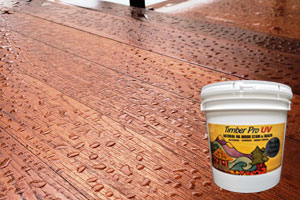New, Smooth Milled Wood Siding
Note: Below is a quick synopsis, for detailed product information and application guides go to our product pages and application guides on our website.
Wood siding that is smooth will require more preparation for staining, and more frequent maintenance coating. Smooth siding does not absorb as much stain as rough-sawn siding.
Step 1 – If the siding has not yet been installed, this gives you the option of coating and sealing all sides of the board, which is recommended to reduce cupping and warping. If the lumber is very clean and has not been exposed to airborne contaminants, then sand weather facing side of each board in the same direction as the grain with 60-80 grit sandpaper to remove the mill glaze and slightly roughen the surface for much better penetration and grab. Do not use any grit finer than 80 or it defeats the purpose. Blow or wipe off sanding dust thoroughly.
Step 2 – Apply Log & Siding “Smooth” Formula by roller, spray, or stain brush in color of your choice, working full lengths of the boards, and back brushing thoroughly to smooth out. Backbrushing is essential. One coat on the back side of the siding board is sufficient, either in clear or the color you choose. Apply two coats on the weather exposed side, and if you choose a Microtint or transparent color, we recommend a third light coat of Clear, also in the Log & Siding Smooth Formula.
Alternative Option: Permanently Seal it and then “let it gray out”.
Some actually want the wood to turn silver gray over time, we call it the “beach look.” If this describes your preference, then consider treating your siding with our Internal Wood Stabilizer (IWS). Two coats of this clear, non-toxic liquid will soak in and densify the wood to the point where it can no longer absorb water. The wood looks totally natural and untreated, yet it is stabilized and waterproofed for years and years. With no color or sunscreen, the IWS will not prevent graying if the siding has exposure to UV light. Siding treated with IWS cannot be stained in the future because it the stain will not penetrate. Primer and paint could be applied later on if desired.




